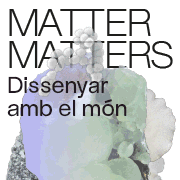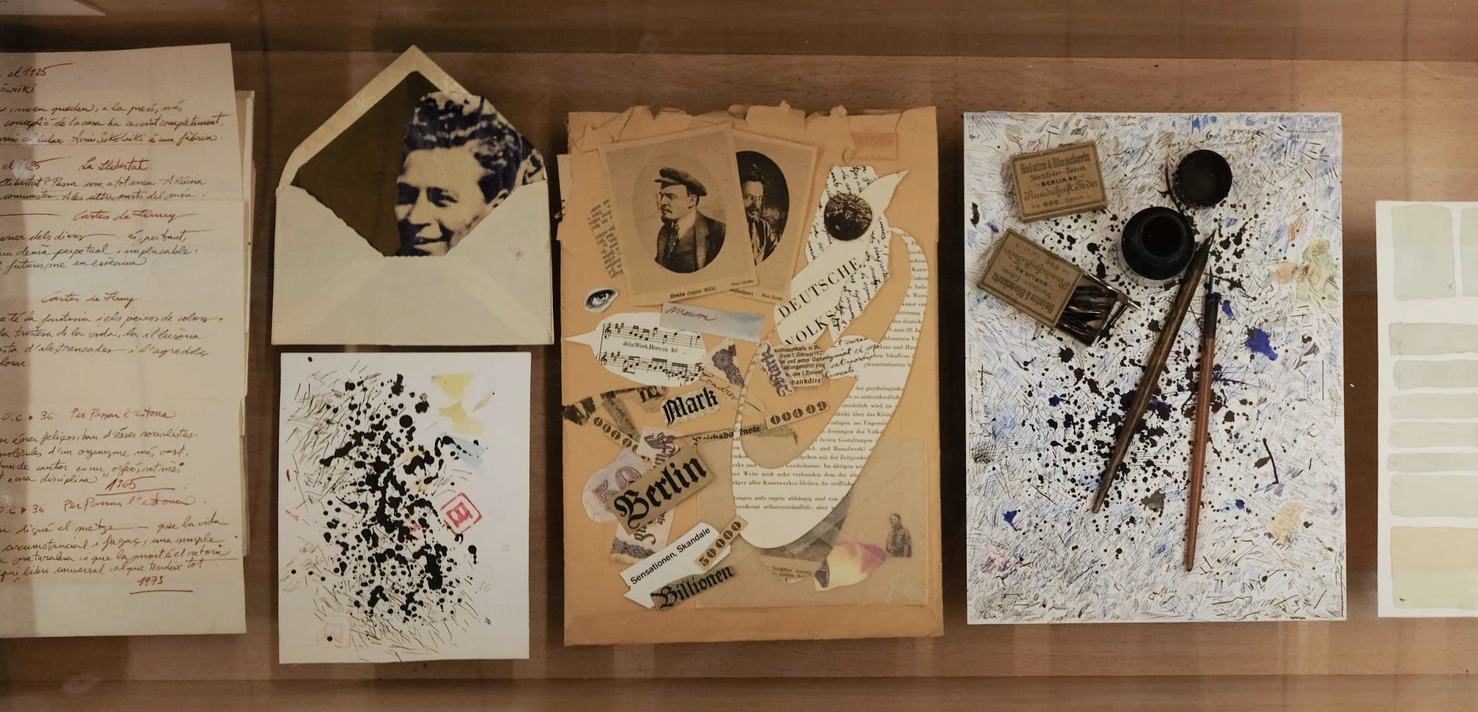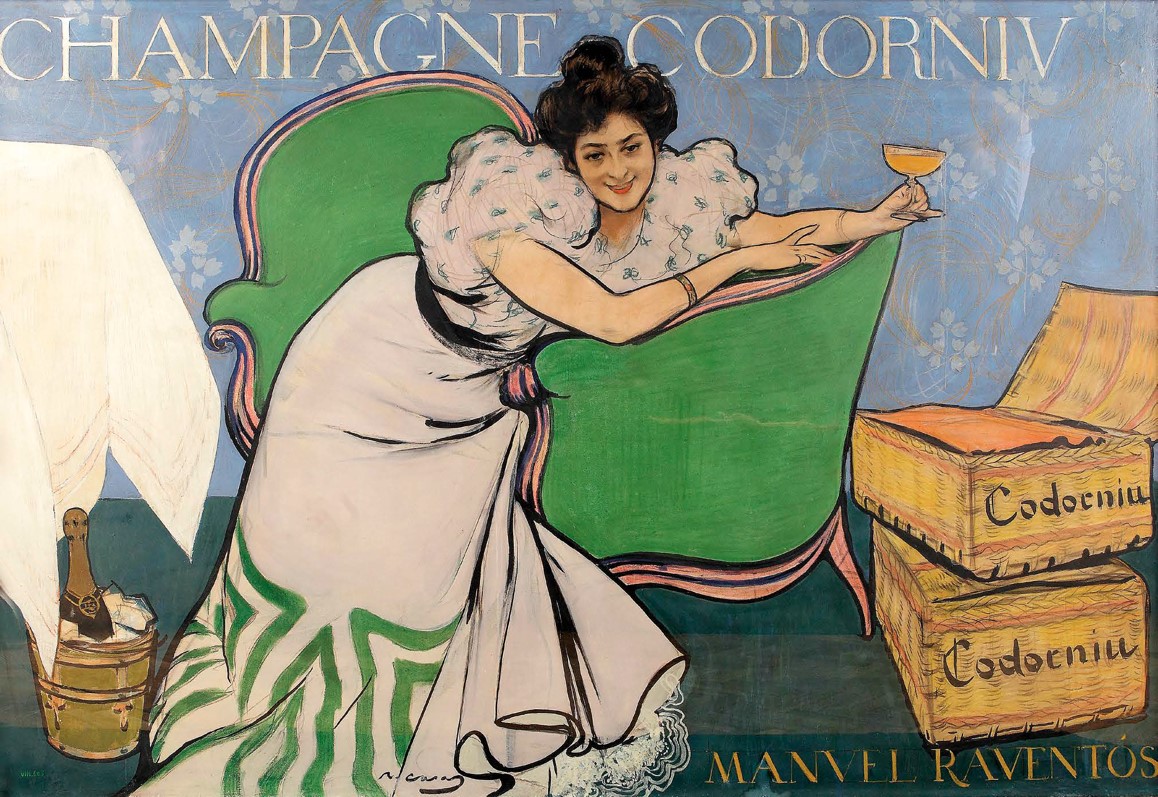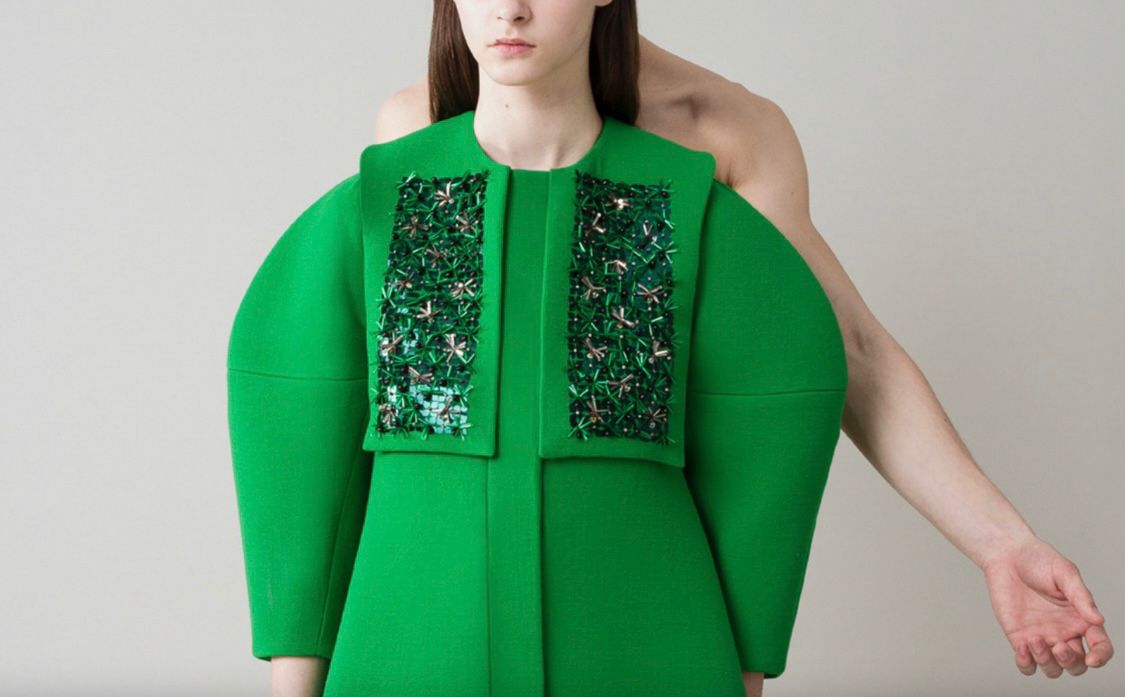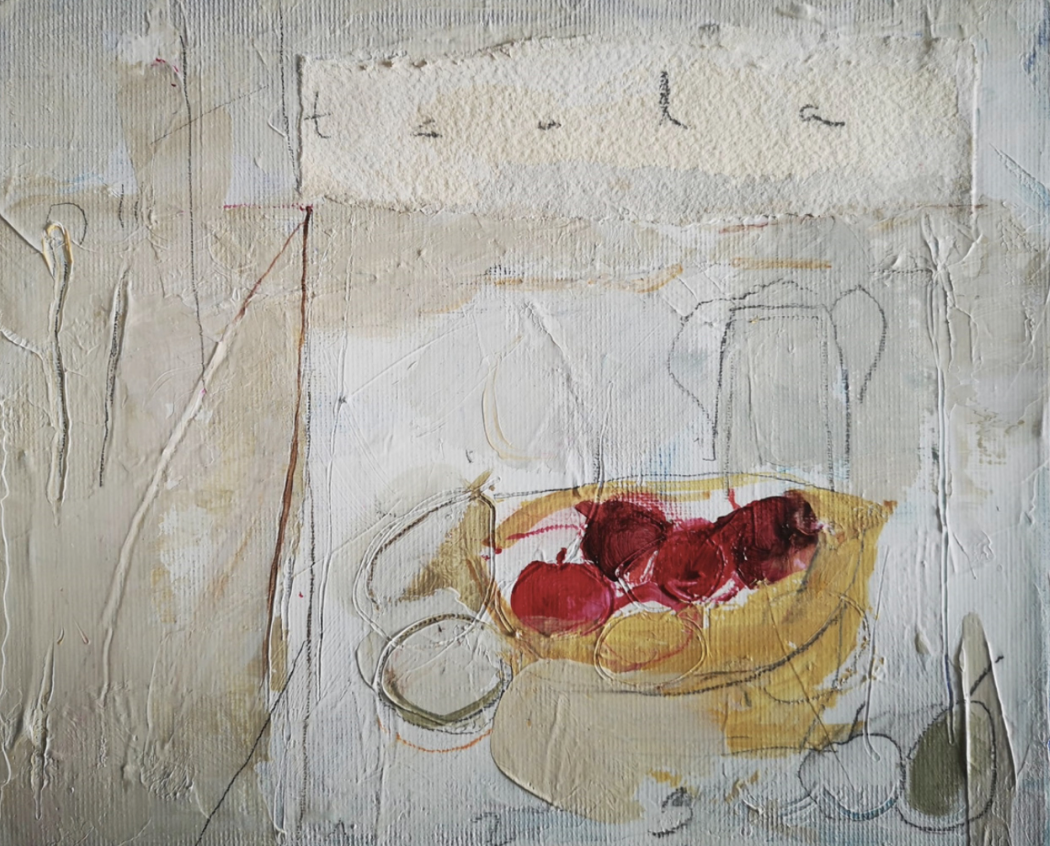Exhibitions
Out of frame: Dijkstra and Parreno
CaixaForum Barcelona invites us to rethink the relationship between art and the viewer.
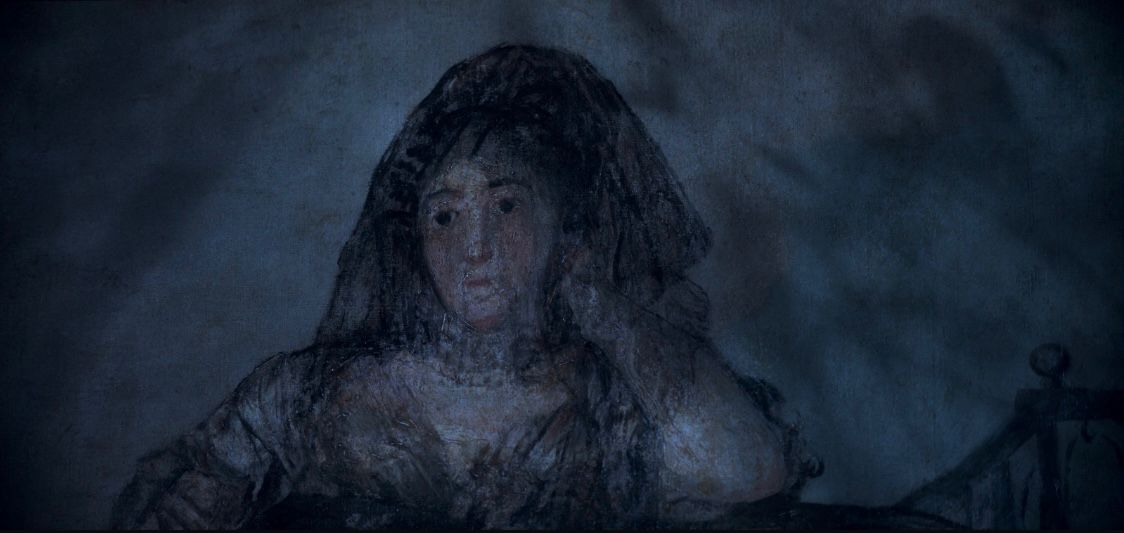
CaixaForum Barcelona begins 2025 with a proposal from two great contemporary artists: Dutch photographer Rineke Dijkstra and French creator Philippe Parreno . Their works, incorporated in 2021 into the “la Caixa” Foundation Collection, invite us to question what it means to observe a work of art and to what extent the artistic experience depends on the viewer. The exhibition, entitled 'Out of Frame. Works by Rineke Dijkstra and Philippe Parreno', offers two complementary perspectives on the relationship between viewer and work. On the one hand, Dijkstra invites us to see how different people react to Rembrandt's 'The Night Watch' without ever showing us the painting. On the other, Parreno transports us to the stage where Goya created the Black Paintings, recreated through an immersive staging that plays with light and sound.
In 'Night Watching', Rineke Dijkstra filmed 14 groups of visitors as they observe Rembrandt's famous painting in the Rijksmuseum in Amsterdam. For us, the viewers, the painting never appears, we only see the people's reactions, their conversations, their gestures, their complicity. Dijkstra, known for her ability to capture the essence of individuals in her portraits, puts the focus on the audience, turning them into the true protagonist. She also subtly plays with elements that refer to Rembrandt's own work: a group dressed in black with a single red-haired girl next to them, as in 'The Night Watch' .
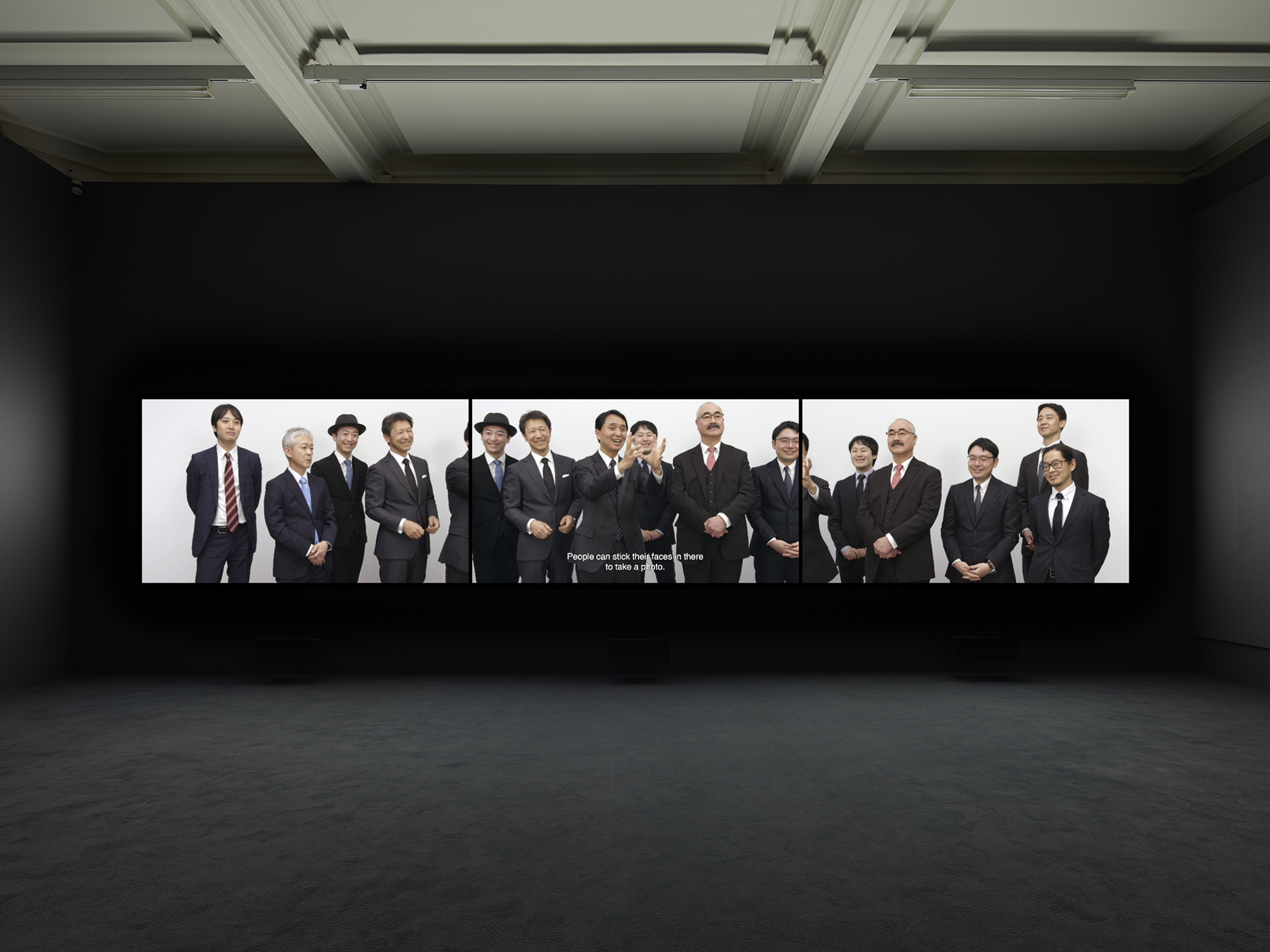 Rineke Dijkstra, fotograma de La ronda de la nit, 2019. © Rineke Dijkstra
Rineke Dijkstra, fotograma de La ronda de la nit, 2019. © Rineke Dijkstra
The result is an experience in which the viewer observes other viewers, making us aware of how we look at and interpret art. This idea is reinforced by the different profiles of the viewers filmed by Dijkstra: from groups of Japanese people who approach painting from an economic and touristic perspective to elderly ladies who are experts in art history, each with their own particular way of experiencing it. His ability as a portraitist is evident in the way he focuses on the characters, thus creating a collective portrait that recalls the very essence of Rembrandt's work. In addition, Dijkstra uses a white background to focus attention on the viewers, turning the piece into a true game of mirrors where we ourselves become viewers of the viewers of the painting.
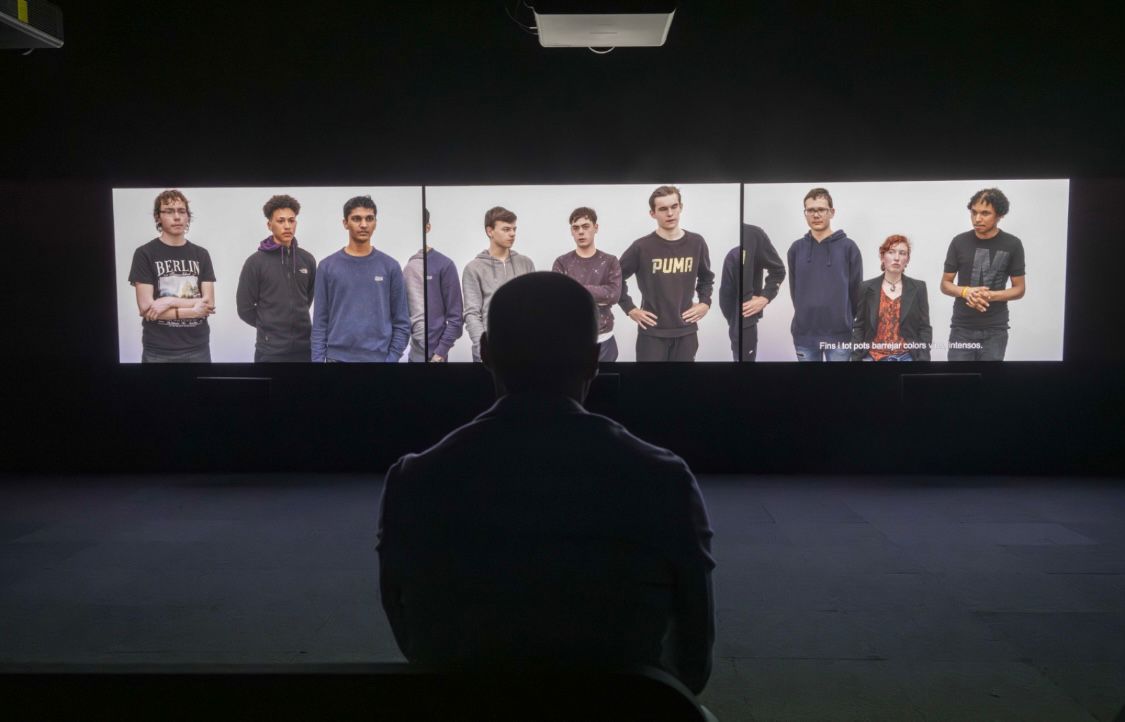 Rineke Dijkstra, fotograma de Night watching, 2019. © Rineke Dijkstra
Rineke Dijkstra, fotograma de Night watching, 2019. © Rineke Dijkstra
On the other hand, Philippe Parreno transports us, with his audiovisual installation 'La Quinta del Sordo' to the house where Goya painted his Black Paintings. Parreno wants the public to experience how these works must have been seen in their original setting. With an aesthetic that the artist defines as a "science fiction film", the work plays with almost ghostly lighting: only the reflection of a candle and the hum of the fireplace illuminate the darkness. This allows us to see Goya's brushstrokes up close, as if we were in another century. But the acoustic work is also part of the work: the crackling of the fire, the barking of a dog in the distance, indefinite murmurs that seem to come from a past that no longer exists. It is an enigmatic and disturbing experience. Parreno wanted to represent how these paintings must have been seen in their original space, without electric light, with a yellowish and dim lighting that completely transforms the perception of the works. According to him, seeing these paintings in the Prado is not a natural experience, but a fiction.
The title of the exhibition, 'Outside the Frame', refers to the fact that both Dijkstra and Parreno challenge the classic idea of the frame of the work of art. Dijkstra focuses on the observer and makes him the subject of analysis, while Parreno breaks with the physical barriers of the museum to take us to a place that no longer exists. In addition, CaixaForum Barcelona has created an interactive space that expands this reflection. Through a participatory device, visitors' experiences are collected to make visible how we perceive art, what our performativity is in museums and the gestures and impressions that we can hear in audio. In addition, an artificial intelligence system generates images based on how we imagine 'The Night Watch' after listening to the impressions of the groups of people filmed by Dijkstra. This is a very interesting proposal that, beyond inviting us to contemplate art, leads us to rethink how we experience it.
 Philippe Parreno, fotograma de La quinta del sordo, 2021. © Atelier Philippe Parreno © Museo Nacional del Prado. © Andrea Rossetti.
Philippe Parreno, fotograma de La quinta del sordo, 2021. © Atelier Philippe Parreno © Museo Nacional del Prado. © Andrea Rossetti.


